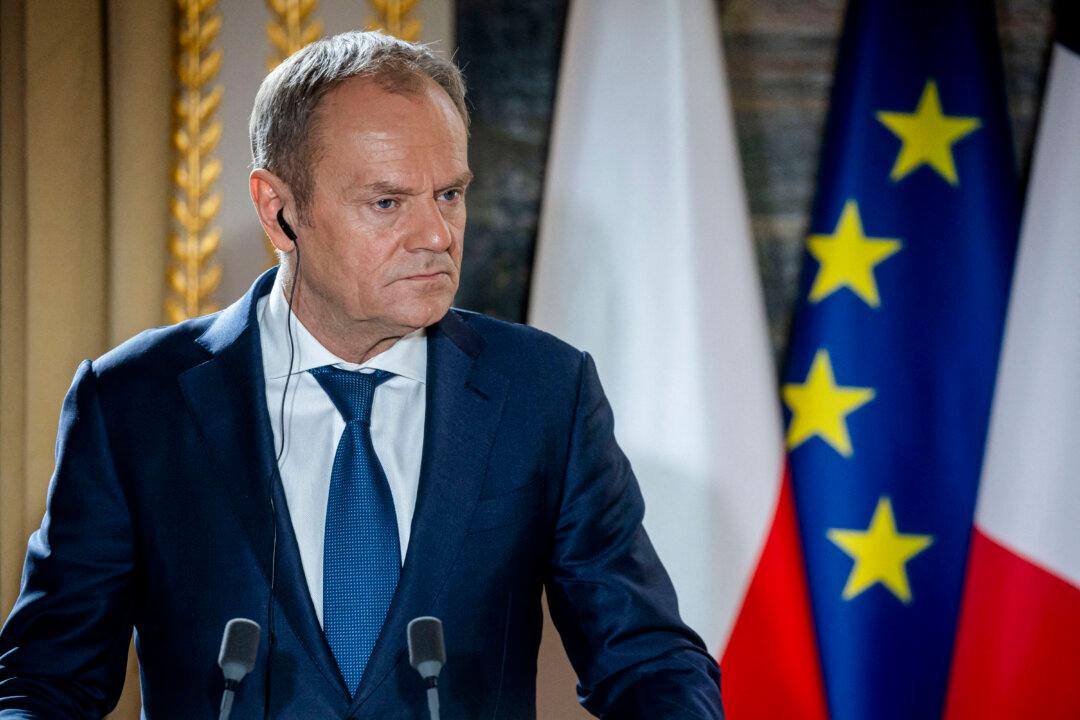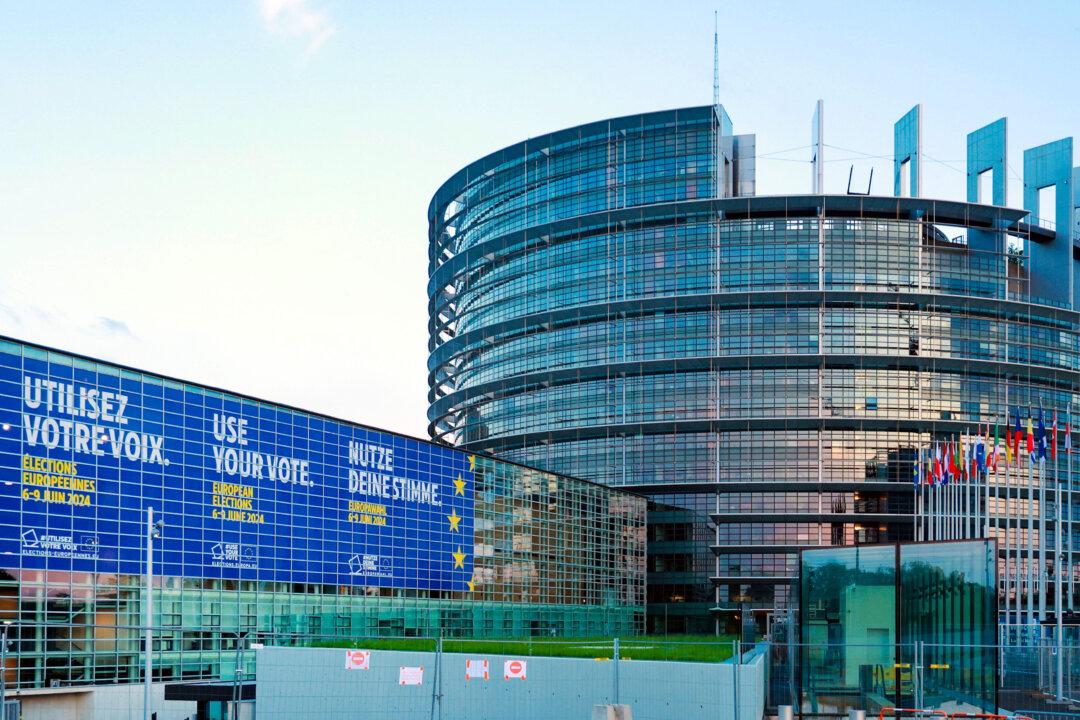Poland is spending about $2.5 billion to step up security and deterrence on its borders with Russia and its ally Belarus, the prime minister said.
Polish Prime Minister Donald Tusk announced on May 18 that Poland will invest 10 billion zlotys (about $2.55 billion) in a program to secure its eastern border. The country is bolstering its defenses against what it says is a rising threat from Russia and Belarus.





